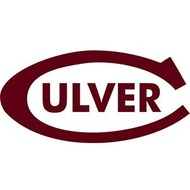
(View Complete Item Description)
For the most part recorded on site in places such as Subiaco, Montecassino, Assis, San Casciano, Florence and Rome in June of 2013, the documentary we present here was produced and then broadcasted by the State Television of Portugal on December 24, 2013 (RTP2) and January 2, 2014 (RTP1). The Program was produced for RTP1 by the Journalist Fátima Campos Ferreira and the Reporter of Image Carlos Oliveira under the scientific advice of João J. Vila-Chã, professor for Philosophy at the Pontifical Gregorian University in Rome. The documentary was particularly enriched by the contribution of Professor Joseph Weiler, President of the European University Institute in Florence, and was edited by Alexandre Leandro, chief-editor at the RTP. Originally titled (in Portuguese) «O Triunfo do Espírito», the documentary was conceived as (a rather unusual form of) narrative about (the Idea of) Europe and out of the recognition that for the present as for the future of the world a confront remains unavoidable with the cultural and the religious dimension of the Idea of Europe as we know it through the media of our cultural (and philosophical) history. We are grateful to all the Institutions that in places such as Subiaco, Montecassino, Assis, Florence, San Casciano and Rome allowed the team sent by the RTP to Italy to realize the work as intended and so contributed in a decisive way to this particular (and somehow peculiar) narrative about the Idea of Europe.
Material Type:
Primary Source




















